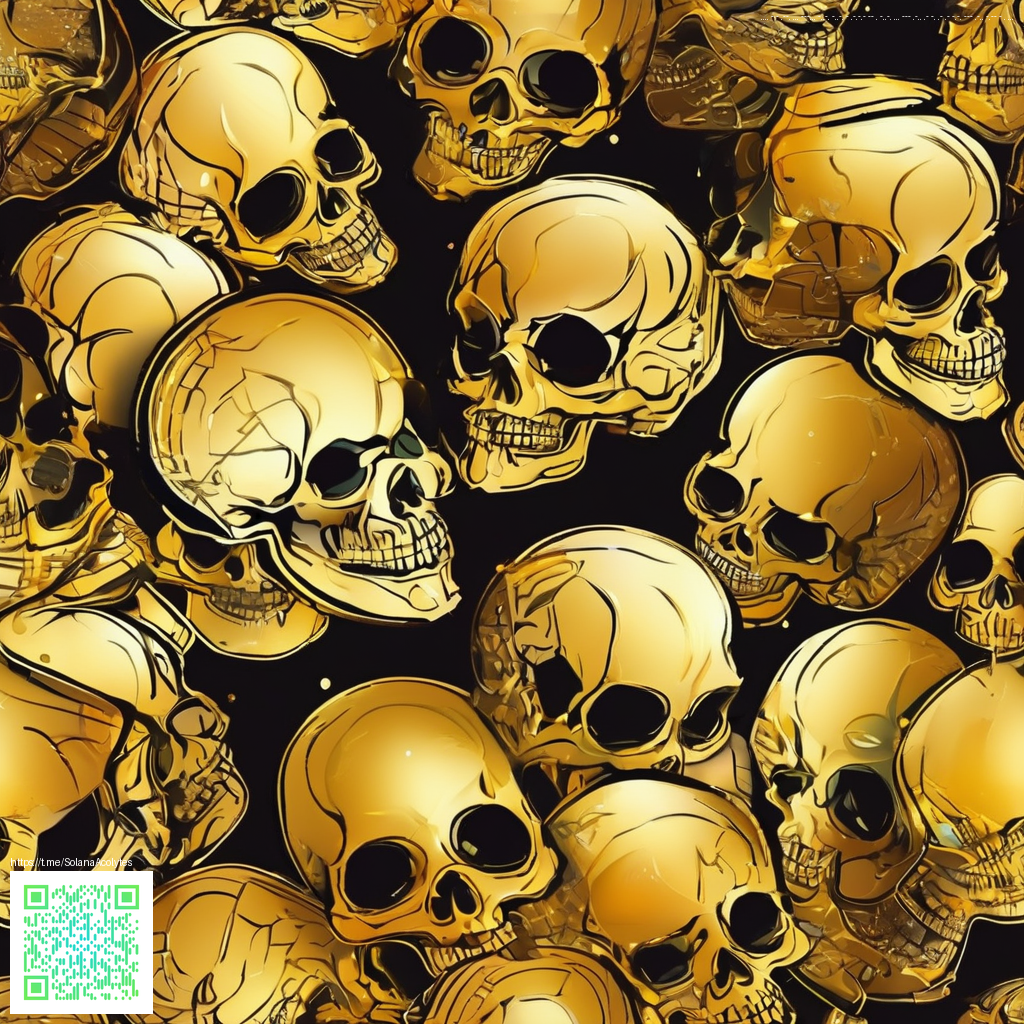
Minecraft survival rewards thoughtful setup as much as raw mining power. When you blend the core experience of survival with the efficiency of Fabric mods, you get a game that runs smoother, looks sharper, and offers more control over how you manage resources, explore biomes, and defend your base. This modular ecosystem keeps things lean while letting you tailor your world to your own playstyle—whether you’re a meticulous builder, a daring explorer, or a cautious farmer at heart.
Why Fabric mods make sense for survival players
Fabric is designed around lightweight, dependency-friendly modding. By focusing on core APIs and clean, compatible updates, it minimizes conflicts that can cause crashes or unexpected glitches in survival runs. A typical Fabric setup starts with the Fabric API as the foundation, then layers on performance and quality-of-life enhancements. The result is a smoother world where you can survive longer, craft smarter, and react to threats with fewer interruptions.
For players who are chasing higher frame rates and snappier gameplay, mods like Sodium and Lithium are game-changers. Sodium improves rendering efficiency, often boosting FPS and reducing stutter, while Lithium optimizes server-side logic to keep day-night cycles and mob spawns from bogging down your world. Pair them with Phosphor to smooth out lighting calculations, and you’ll notice a tangible difference in both performance and atmosphere during tense night raids or expansive builds.
Top must-have Fabric mods for survival
- Fabric API — The backbone of most Fabric mods; make this your first install to ensure compatibility across the board.
- Sodium — Aims to boost frame rates and render efficiency without sacrificing visuals, which is essential when you’re navigating complex cave systems.
- Lithium — Improves server tick stability and general performance, helping your world feel responsive during crowded moments or long expeditions.
- Phosphor — Accelerates lighting calculations to reduce lag in dark caverns and during time-of-day transitions, giving you a crisper, more consistent look.
- Iris (Shaders for Fabric) — Adds shader support so you can enjoy richer skies, water, and atmosphere without the heavy strain of Forge shaders stacks.
- Just Enough Items (JEI) for Fabric — An indispensable quick-reference for recipes, smelted bars, and ambiguous crafting paths when you’re deep in a survival loop.
Tip: In a world where resources are precious, small quality-of-life mods compound quickly. Start with the essentials (Fabric API, Sodium, Lithium) and iteratively add one or two enhancements per world to maintain stability.
Beyond the technical perks, survival also benefits from a practical desk setup. If you’re juggling in-game guides, chat windows, or stream overlays, a compact Phone Stand Travel Desk Decor for Smartphones can help you keep a device at a comfortable viewing angle while you play. It’s the kind of accessory that makes late-night mining sessions feel a little less chaotic—and you can explore options on the product page when you’re ready: Phone Stand Travel Desk Decor for Smartphones.
As you curate your survival toolkit, remember that the best mod list is the one that aligns with your hardware and your preferred pacing. If you’re aiming for a dramatic render distance with steady frames, prioritizing Sodium and Phosphor while keeping a lean Fabric API baseline will serve you well. If you enjoy long, exploratory sessions, a small UI tweak like JEI for Fabric can save hours spent rerolling recipes or hunting for uncommon materials. And if you’re streaming or sharing progress with friends, Iris can provide the added visual polish without demanding a higher-end rig.
In practice, a thoughtful blend of performance-focused and UX-enhancing mods creates a more immersive survival experience. You’ll notice fewer stutters during tense creeper encounters, faster world generation in new biomes, and clearer inventories when you’re juggling multiple tools and resources. The key is to test incrementally—mod by mod—so you can identify conflicts early and recover quickly if something doesn’t behave as expected.
Putting it into practice
Start with a clean install of Fabric and Fabric API, then add Sodium and Lithium for baseline performance. From there, drop in Phosphor for lighting savings and Iris for shader support if you want a more cinematic sky and subtle day-night shifts. If you’re new to the setup, keep a simple mod list for your first survival world and gradually expand as you confirm stability. The goal is a predictable, enjoyable session where you can focus on exploration, base-building, and resource management rather than troubleshooting mod conflicts.